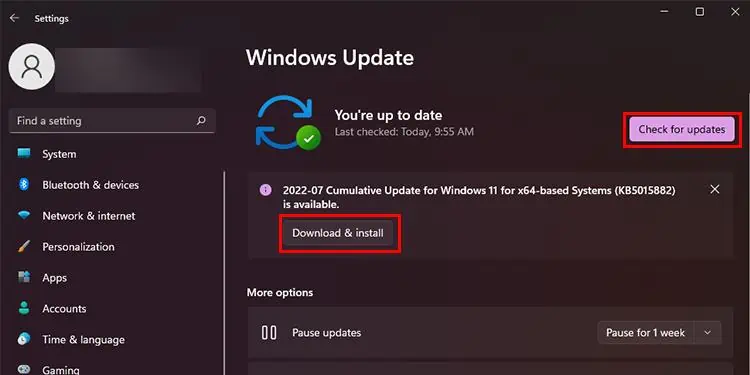Imagine you set up an important meeting and cannot hear anything. Although Microsoft Teams has become one of the best communication mediums for students and professionals, it isn’t necessarily free from all issues.
The issue with audio not working is probably one of the more frequently reported issues in Microsoft Teams. As Teams have been around for some time, we’ve learned our way around such issues. If you’re dealing with something similar, don’t worry; we’ve fixed the problem for you.
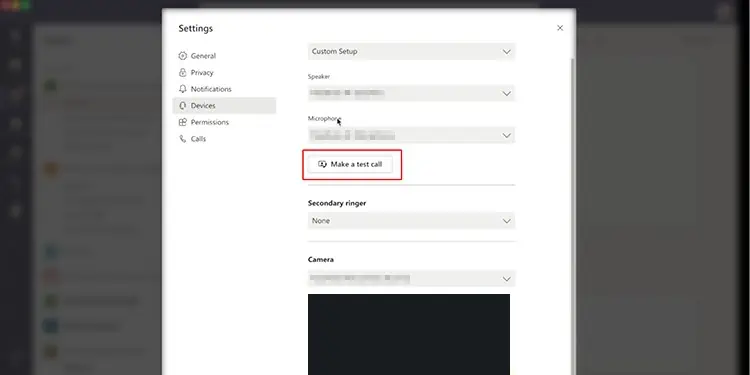
Keep reading to learn how you can fix the audio issue with Microsoft Team to carry on with your meetings!
Why is Audio Not Working on Microsoft Teams?
The audio issue can range from an in-app problem to an issue with your computer system. Before we head to the fixes, you must understand the nature of your issue. We’ve listed the causes for why the audio may not be working on Teams:
How to Fix Audio Not Working on Microsoft Teams?
Following the diagnosis, you can move ahead to the fixes. The fixes to this bothering issue are actually very simple. Refer to the methods listed below to find a fix relevant to your situation.
Test Call
The issue might be in a participant’s microphone, not your speaker. When a participant’s microphone malfunctions, their audio is not recorded by Teams for it to be transmitted to your device speakers.
To avoid this issue, ensure all participants run a test call to ensure all their input and output audio devices are working optimally. The premium version of Microsoft Teams has the feature of running a Test Call.
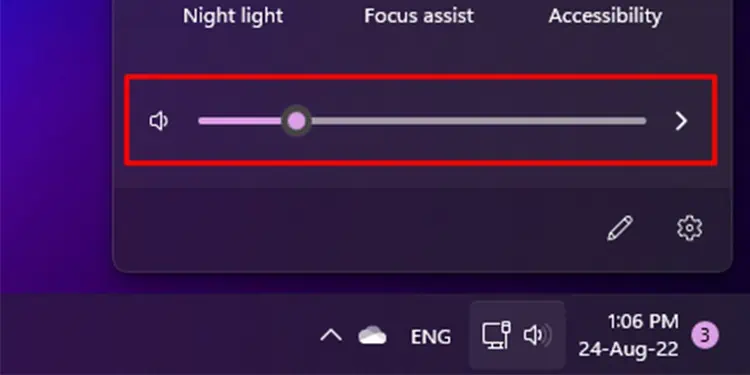
If you own the paid version, refer to these steps to start a test call:
Check Speaker Volume
Sometimes we get so busy looking for complex issues we forget about the obvious. Your output volume may be either muted or very low. This can most likely be why the audio is not working on Microsoft Teams.
If you use aMac, look for the sound control tool in the menu bar. Adjust the slider accordingly to increase the output volume of your device.
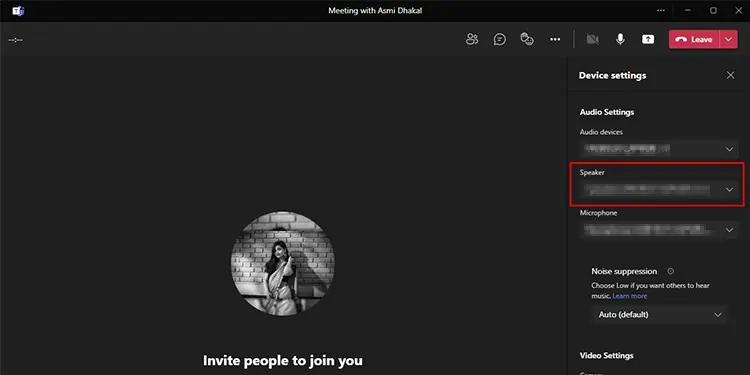
ForWindowsusers, click on the speaker icon on the system tray. Drag the slider volume to the right to increase the output volume.
Formobile phones/ tablets, increase the output volume but clicking on the volume up button on either side of your device.
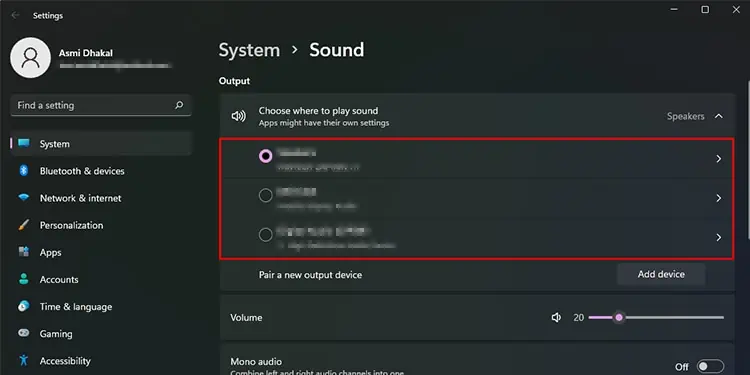
Ensure Headphones are Working
If you have inserted any external audio device like headphones, make sure they work. Try plugging the headphones out of your device and running the audio. If the audio works just fine, your headphones may have malfunctioned.
If you believe your headphones aren’t busted, you may have loosely plugged its jack into your device. Try re-inserting the headphones and try again.
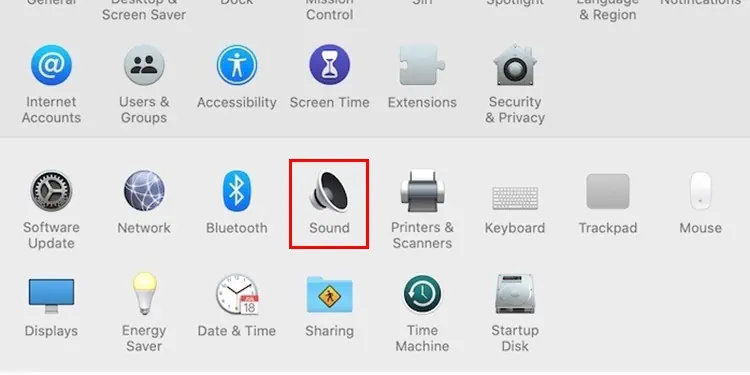
Select Proper Speakers
Teams may be transmitting the audio; just on the wrong device. If you have multiple audio devices connected, Teams will use the speaker that your system is currently using. This may be why you’re unable to listen to any audio.
You can easily switch between your speakers and all connected devices you wish to use in the meeting from the meeting itself. Follow these steps to change the output device from the Teams meeting:
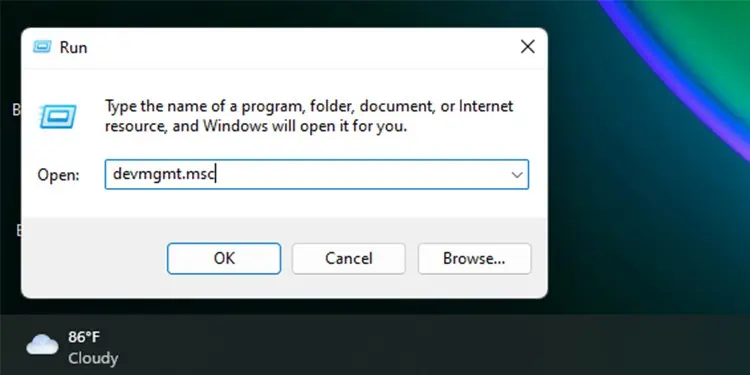
If you’re prepping for a meeting, you can change the output device from either the Test call or your device settings. Follow these steps to change the output audio device selected on your device:
On Windows
If you use a device with a Windows operating system, follow these steps to choose an audio device for output audio:
On Mac
Mac users can refer to these steps to select an output audio device:
Update Audio Drivers
Your outdated drivers may be causing an issue in the transmission of audio. When you leave drivers outdated for a long period, they fail to establish a connection between the audio devices and your computer system.
you’re able to only update drivers individually for Windows. For Mac, your drivers get automatically updated as you update your system.
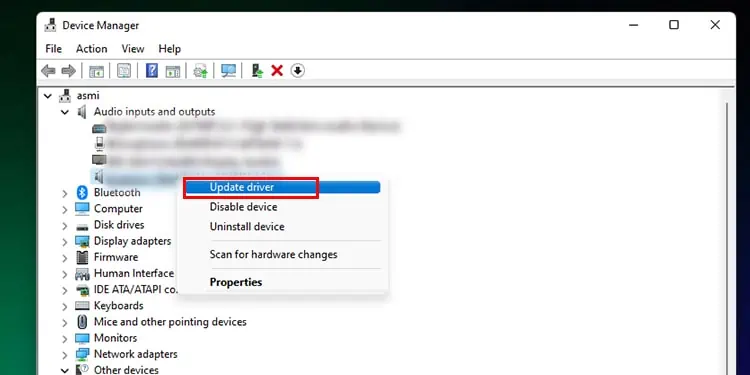
Follow these steps toupdate the audio driverson your Windows device:
Repair/Reset Teams
Your program may not be working properly because the program files may be missing or corrupted. This causes issues in the functions of the application. The program files may be missing or corrupted if non of the methods mentioned above work for you.
If you own a Windows device, you’re able to Repair or Reset the Microsoft Teams application to resolve this issue. Repairing the app will scan through the files and look for any missing or corrupt files. Then, it replaces the problematic file with a new, functioning file.
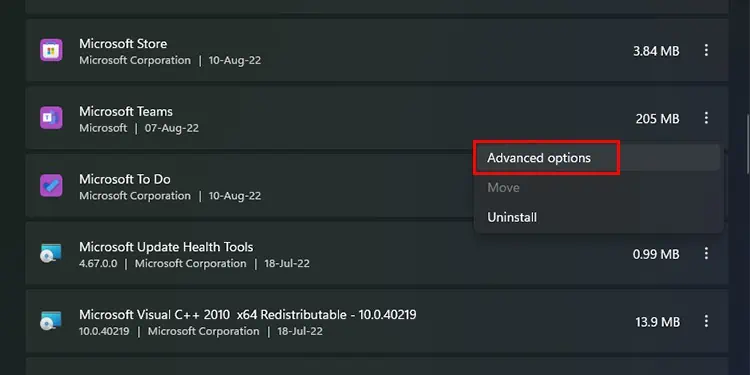
Resetting the application will act the same way as the Repair tool; however, it also wipes out the program data. This restores the program to its original settings and eliminates the chances of in-app bugs.
Refer to these steps if you wish to repair or reset Microsoft Teams:
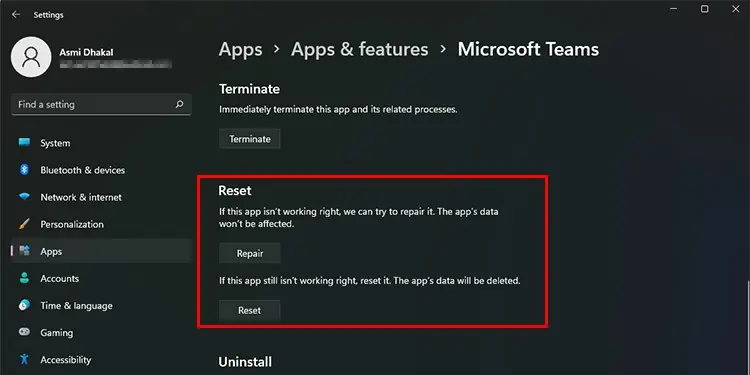
Reinstall Teams
There may have been an interruption during the installation process of Microsoft Teams. When the installation is interrupted, the application fails to function efficiently.
If repairing or resetting the application doesn’t help, consider reinstalling the Microsoft Teams application. Here are the steps you’re able to follow to uninstall the Teams app:
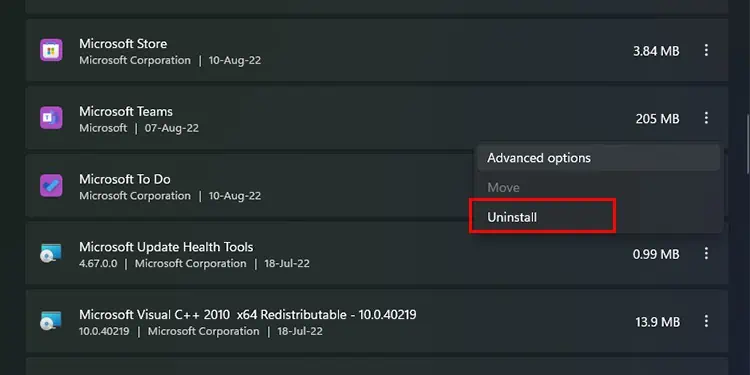
If you’re a Windows user, follow these steps to uninstall the Teams application:
For mac users, refer to these steps to uninstall the Teams program:
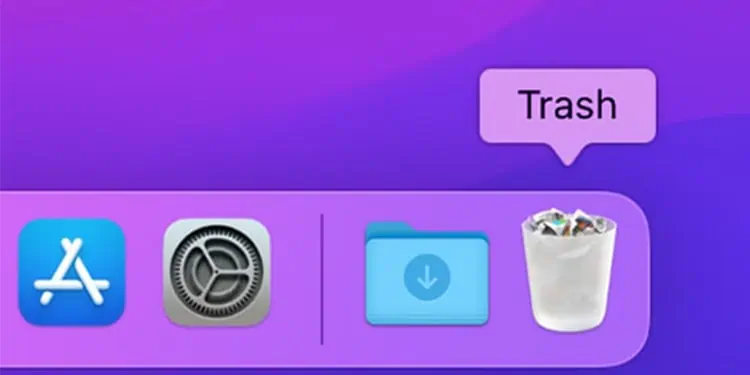
To reinstall the Teams application on your device, head toMicrosoft’s official website. If you’re using the application for personal use, selectTeams for home or small business. For institutions, downloadTeams for work or school.
Update Your System
An outdated system may cause many problems in the hardware of your device. If you do not periodically update your system, your device may fail to communicate with its devices and drivers. You may not be hearing any audio because of this.
It is a good idea to keep your systems updated. This not only keeps your device up-to-date but also keeps it safe from any security breach.
